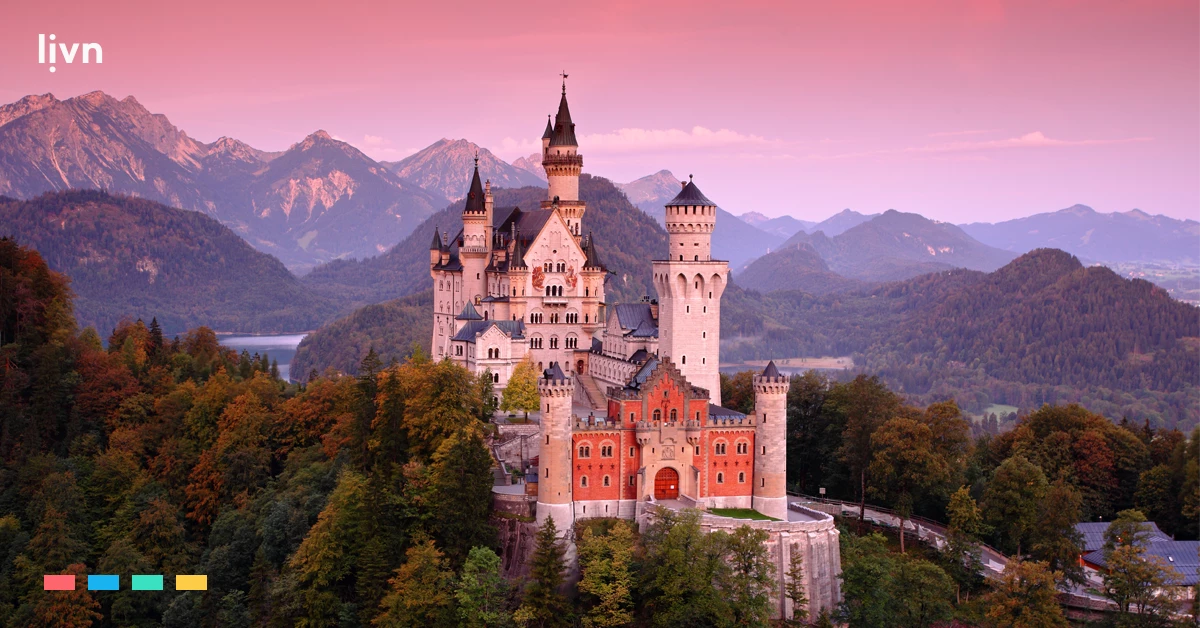
European Travel in the Post-Pandemic World
Europe is starting its rebound this year, and according to the UNWTO (United Nations World Tourism Organization) Europe has seen a 199% increase in arrivals since early 2022. But even though the outlook remains positive, tours and activities operators should not just sit and wait for customers to come back.
Adapting to the changes and upcoming trends will boost consumer confidence, especially among international travellers. Travelling today is much different from what it was in the pre-pandemic world.
In this post, we will be sharing what has changed in the sector over the last two years and the trends tours, and activities operators can cater to.
The current state of European tours and activities two years on:
Additional Health and Safety Protocols
Health and safety will remain a high priority no matter where you travel. Travellers must adapt to regional, local, and even attraction-specific health and safety requirements.
But this will not harm the experience, TripAdvisor’s Trends Report shows that 67% of UK respondents agreed that health and safety measures should be in place, even post-pandemic. This indicates that travellers want to go back now that health and safety have become a front-of-mind focus.
The Digital Shift
With the help of the pandemic, digitalisation is here to stay. It has streamlined processes, created interconnectivity that the travel industry consistently lacked, and helped reduce costs.
Eurail is an excellent example of the digital pivot in Europe as they underwent an entire rebrand and successfully introduced a mobile pass for travellers. This option was online, sustainable, and catered to the mobile booking trend.
In the tours and activities space, Google’s Things To Do program is part of the digital shift that benefits operators. Powered by Livn, the program allows tours, activities, and experience operators to harness the power of Google Search to drive direct bookings to their website and reduce or remove OTA commissions.
Condensed Booking Window
A significant shift in traveller behaviour is in planning visits to attractions. Arival data shows that 32% of travellers plan 3-7 days before the actual visit to the attraction. This gives operators a much smaller window to woo travellers..jpg) This further emphasises the importance of going digital and having a more effortless, seamless connection to the customer and during the customer journey.
This further emphasises the importance of going digital and having a more effortless, seamless connection to the customer and during the customer journey.
Rising Prices, Rising Costs
New pricing strategies are needed for operators to balance recovery with increasing costs and traveller expectations. Additional health protocols cost more money, and with less crowded tours and venues, the profit margin will need to increase per person.
The good news is travel spending is up and some travellers are willing to pay more for increased perceived value, even if not all have the budget for private tours and activities.
New Trends in tours, activities and attractions that will shape Europe’s travel industry
Travellers Want More Experiences
Travellers are hungry, and it goes beyond sampling the cuisines of different countries. They are looking for more experiences in their tours and activities and are willing to pay for them. Unique tours seem to be seeing incredible growth in Europe with examples like the UK Bean Boat Trip's revenue growth of 2,360%, which is one of the biggest jumps of 2022.
Operators can make new experiences from existing tours by creating flexible options, private or group tours, and leveraging a unique angle like sustainability.
The Importance of Mental Well-being
Mental and emotional well-being has been put on a pedestal during the pandemic. This has crossed over to the travel industry as well. But it is not a new segment. Based on 2015 pre-pandemic data, Germany, France, and the UK were the biggest wellness tourism markets in the world.
Trips to wellness resorts or activities such as yoga retreats will be attractive to the new generation of travellers who are putting their health first. In 2022, the wellness tourism market is expected to grow by 20.9% annually until at least 2025.
Sustainable Tours and Activities
Another eye-opening impact of COVID-19 is sustainability and over-tourism. Too many people in one destination can ruin the experience and negatively impact local communities and locations.
This sensitivity has meant that 30% of travellers have made travel-related decisions based on environmental impact. And in Europe, there are plenty of options, like hiking and eco-glamping. For operators, it does not have to be a negative choice to cater for; in fact, 53% of travellers are willing to pay more for accredited or demonstrative sustainable products.
European travel is on the rise again, but for operators to benefit and recover effectively, they must adapt to the changing trends and new landscape.


